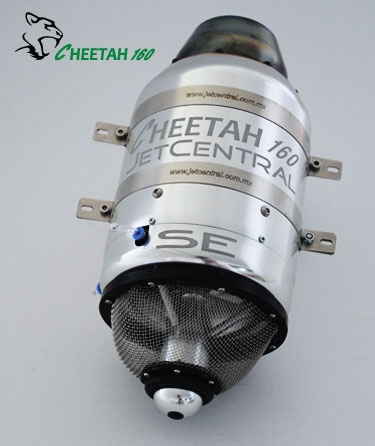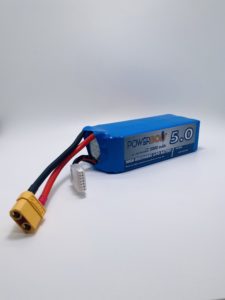Acessories
-
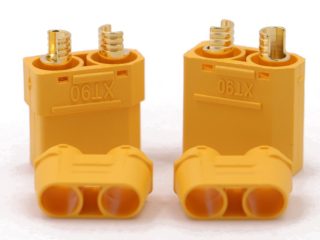 (5 Pairs) Amass XT90 Connectors Male / Female With End Cap
(5 Pairs) Amass XT90 Connectors Male / Female With End Cap
$9.99Original price was: $9.99.$8.59Current price is: $8.59. -
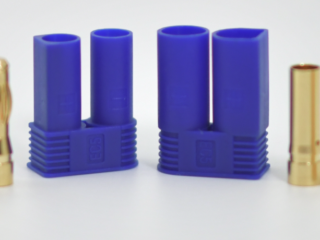 (5 Pairs) EC5 Bullet Banana Plug Connector Female Male 5mm Bullet Gold Connector
(5 Pairs) EC5 Bullet Banana Plug Connector Female Male 5mm Bullet Gold Connector
$9.99Original price was: $9.99.$7.20Current price is: $7.20. -
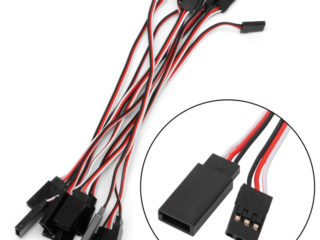 15cm Servo Lead Extension (Futaba) 26AWG (5pcs/set)
$1.99
15cm Servo Lead Extension (Futaba) 26AWG (5pcs/set)
$1.99
-
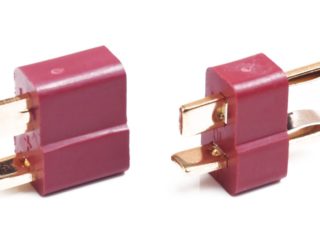 (5 Pairs )T-Plug Connectors Male & Female Deans Style w/Shrink Tubing for RC LiPo Battery Pack ESC Electric Engine Motor Parts
$3.20
(5 Pairs )T-Plug Connectors Male & Female Deans Style w/Shrink Tubing for RC LiPo Battery Pack ESC Electric Engine Motor Parts
$3.20
-
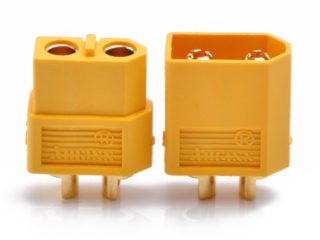 (5 Pairs) Amass XT60 Connectors Male/Female
(5 Pairs) Amass XT60 Connectors Male/Female
$6.99Original price was: $6.99.$4.59Current price is: $4.59.
Battery Safety Guidelines
BATTERY SAFETY GUIDELINES
Lithium polymer or Lipo batteries are commonly used these days in a wide range of RC kl,.applications such as, Model Planes, Drones, RC cars etc…
If you use a Lipo battery you need to be aware of how to handle these batteries safely to avoid any injury. Using a Lipo battery incorrectly will create a high probability of property damage, collateral damage, and potentially cause the battery to catch fire causing serious injury.
How To Handle Lipo Batteries Safely
Lipo batteries are fairly robust however, they can also be fairly fragile if mishandled . Most of this is common sense but below are a few points to help you.Never alter, puncture or impact Batteries or related components.
-
- Never alter, puncture or impact Batteries or related components.
- Never keep sharp objects near Lipos. This may cause a hole in the pack and can lead to a fire.
- Never immerse the battery in water or allow it to get wet.
- Avoid dropping batteries, dropping Lipos can cause the battery cell to crush causing an internal short which which may lead to fire.
- Never put batteries in your pocket or non fireproof bags this may cause the battery to short circuit.
- Never store batteries inside a Vehicle.
- Never directly connect the terminals with metal objects. This will short-circuit Batteries, resulting in heat and electrical discharge.
- Never store loose Batteries together, the Batteries’ terminals may contact one another causing a short circuit.
- Never expose Batteries to extreme temperatures or direct sunlight. The temperature range must be between 40-120° F (4-49° C).
- Heat kills Lipos, the hotter a batteries get, the shorter the lifespan will be. Never charge a battery that is still warm after usage, and never use a battery that is still warm from charging.
- Always verify voltage of Batteries before use this is especially important for packs that have been out of service for greater than six (6) months.
- Always charge/store Batteries in a non-conductive, fireproof container or bag .
- For best practice store standard Lipo batteries at 3.80 volts +/- .05 volts per cell. Or at the manufacturer’s suggested storage voltage for non standard chemistry’s (Lifepo4, Lihv)
Charging
-
- Always ensure you are using the correct charger for the specific battery type you are trying to charge. Example: If you are charging a Lipo battery, only use a charger designed for Lipo batteries. If the charger can support different battery types, ensure you select the correct type. Failure to do so may cause a re, which may result in personal injury and property damage.
- Always charge batteries at a rate of 1c (one (1) times the capacity unless specified by the manufacturer.
- Always use a compatible balanced mode charger, specifically designed for the chemistry of battery you are using.
- Always charge Batteries in an open area away from flammable materials, liquids and surfaces.
- Never charge Batteries inside of the model.
- Never charge the battery inside a Vehicle.
- Never charge Batteries that are too hot to the touch (above 100° F). DO NOT handle Batteries until they are cool.
- Never charge a battery that shows signs of puffing.
- Never charge a battery pack that has been punctured or damaged.
- Never let the positive and negative battery leads touch each other. It can lead to cell ballooning, cell damage, fire or an explosion.
- Always set the charger to proper cell count and/or voltage listed on Batteries’ labels.
- Always charge batteries at a rate of 1c (one (1) times the capacity unless specified by the manufacturer
- Always check the voltage of Batteries before each charge session in order to ensure they are at or above the minimum safe starting voltage. If starting voltage is below recommended levels than Batteries have been over discharged or have experienced a failure and should NOT be charged
- Never overcharge Batteries beyond the capacity listed on Batteries labels.
- If you notice your LiPo battery pack is swelling while charging, stop the charging process immediately, put the battery in a safe container and observe it.
Discharging
- Never discharge Batteries at amperage rates higher than specified on Batteries’ labels.
- Never allow the temperature of Batteries to exceed temperatures advised by the manufacturer.
- Never discharge Batteries to voltage below which they are rated by the manufacturer when measured under load (connected to the vehicle or a charger capable of discharge). Batteries discharged to a voltage lower than the lowest approved voltage may be damaged, resulting in loss of performance and potential fire when Batteries are charged.
- When storing your batteries use a voltmeter to ensure they are at the correct storage voltage, if the volts are +/- the voltage rate connect it to your charger and select “storage mode” and charge/discharge accordingly.
Additional Guidelines And Warnings
-
- In the event of a crash, always quickly and safely disconnect and remove Batteries from the model. Then follow the previously listed safety procedures.
- If the internal contents of Batteries come into contact with your skin, wash the affected area(s) with soap and water immediately. If it comes into contact with your eye(s), ush them with generous amounts of water for 15 minutes and seek immediate medical attention.
- Always follow the manufacturer’s safety instructions and charging guidelines.

